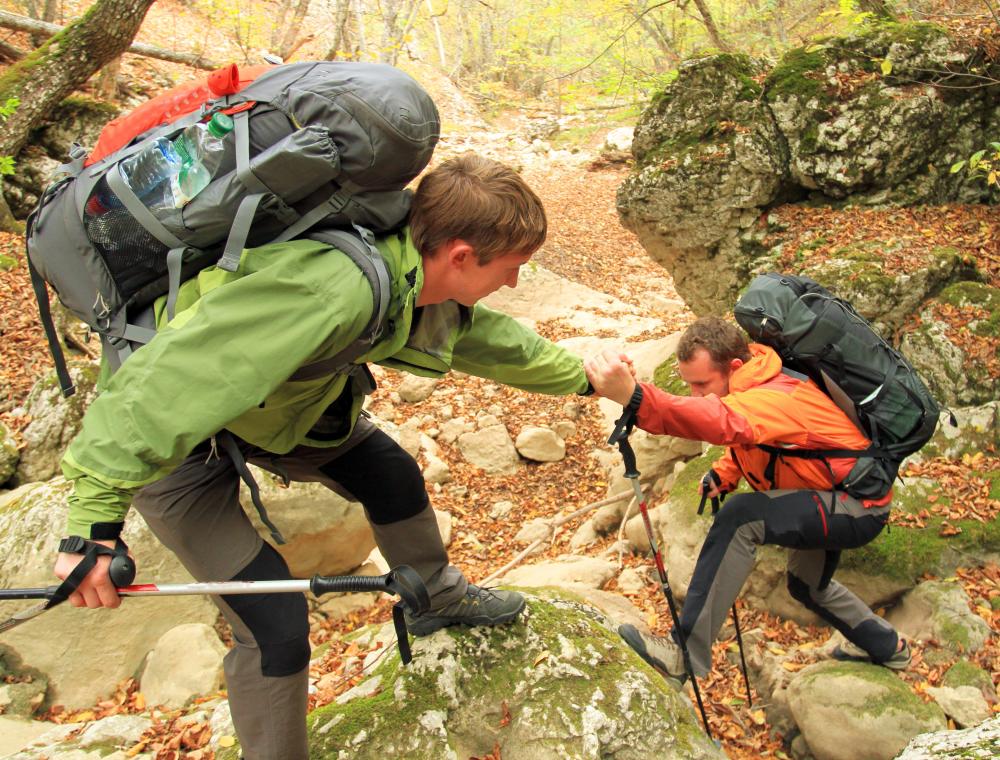At TheHealthBoard, we're committed to delivering accurate, trustworthy information. Our expert-authored content is rigorously fact-checked and sourced from credible authorities. Discover how we uphold the highest standards in providing you with reliable knowledge.
What is a Winged Scapula?
A winged scapula is a shoulder blade, or shoulder bone, which protrudes abnormally from a person's back. Since the scapula sticks straight out, it resembles a wing, which gives rise to the name of this condition. A winged scapula is typically caused by damage to a nerve known as the long thoracic nerve. This nerve supplies a muscle called the serratus anterior, which is situated on the side of the chest and normally acts to pull the scapula forward. While this is the true winged scapula condition, a number of other problems affecting muscles around the shoulder may also cause winging of the scapula to some extent.
Damage to the long thoracic nerve can be caused by a blow to the neck or shoulder, or by activities such as weight lifting or those sports that involve a lot of throwing. Sometimes other structures in the body press on the nerve, or it may become inflamed during a viral illness. Pushing against a wall with both palms is a way of testing whether a winged scapula is due to long thoracic nerve damage; this action should cause the scapula to protrude. As well as looking odd, a winged scapula may cause pain and catch on the backs of chairs, and it can be difficult to raise the arm or lift heavy loads.

Many different muscles are attached to the scapula and work together to move it around normally. If any of the muscles are not functioning as they should, this can lead to the whole system becoming unbalanced, resulting in winging of the scapula. For example, an important muscle known as the trapezius muscle, which helps to raise the scapula into its normal position, may have its nerve supply damaged during surgery. Injuries and fractures of the ligaments and bones that surround the scapula can also cause winging. A winged scapula may occur in muscular dystrophy, a condition which causes muscle weakness, and winging may even be a result of pain, where shoulder movement becomes abnormally limited.

The treatment of a winged scapula depends on the cause and severity of the problem, with some cases resolving by themselves. Sometimes, if the long thoracic nerve has been injured but the damage is not too serious, a course of physiotherapy over several months will cure the condition. Where the long thoracic nerve is severely compressed by other structures, surgery may be needed to remove whatever is causing the pressure. In extreme cases, parts of another nerve may be used to help restore function.
AS FEATURED ON:
AS FEATURED ON:















Discuss this Article
Post your comments